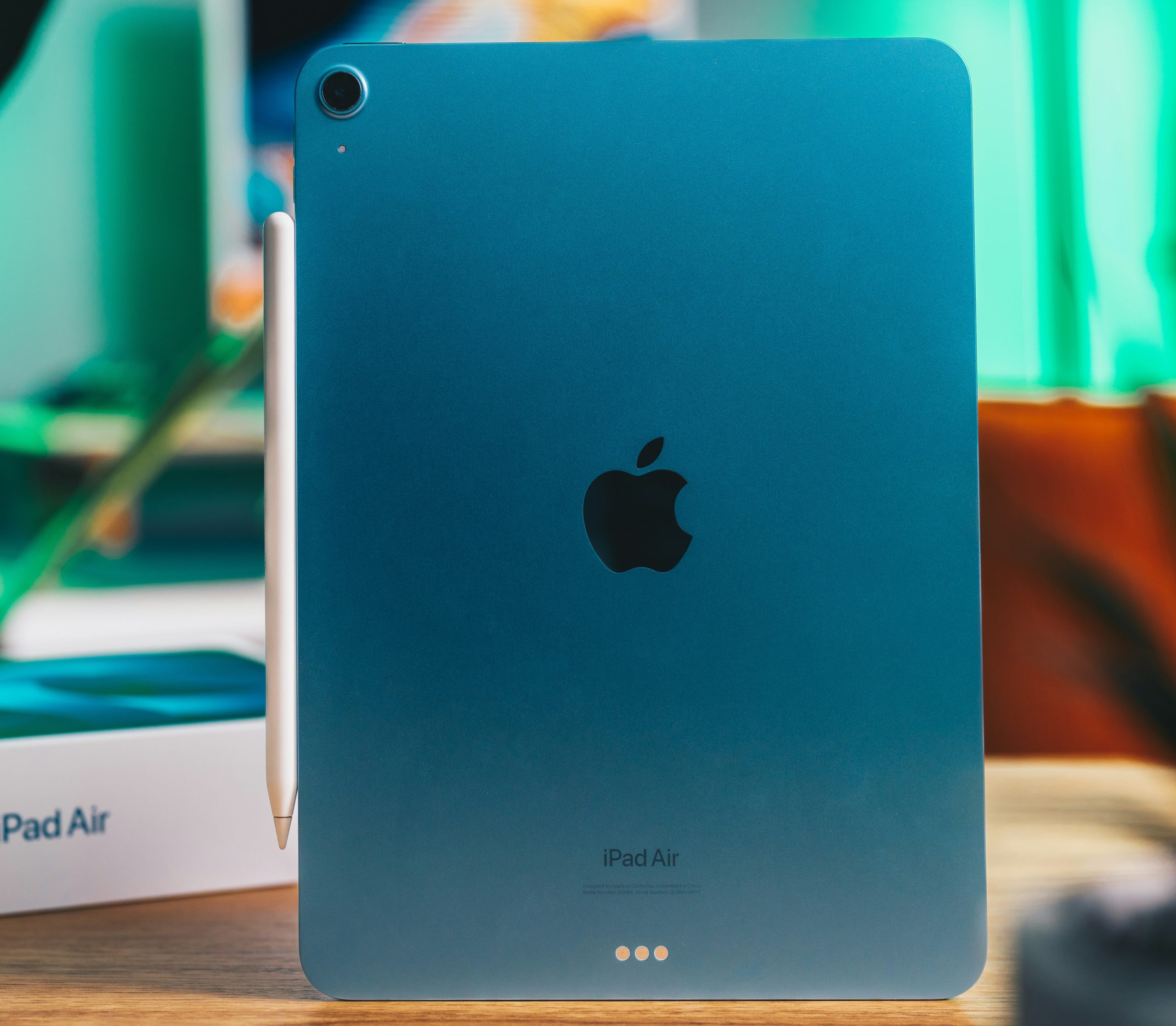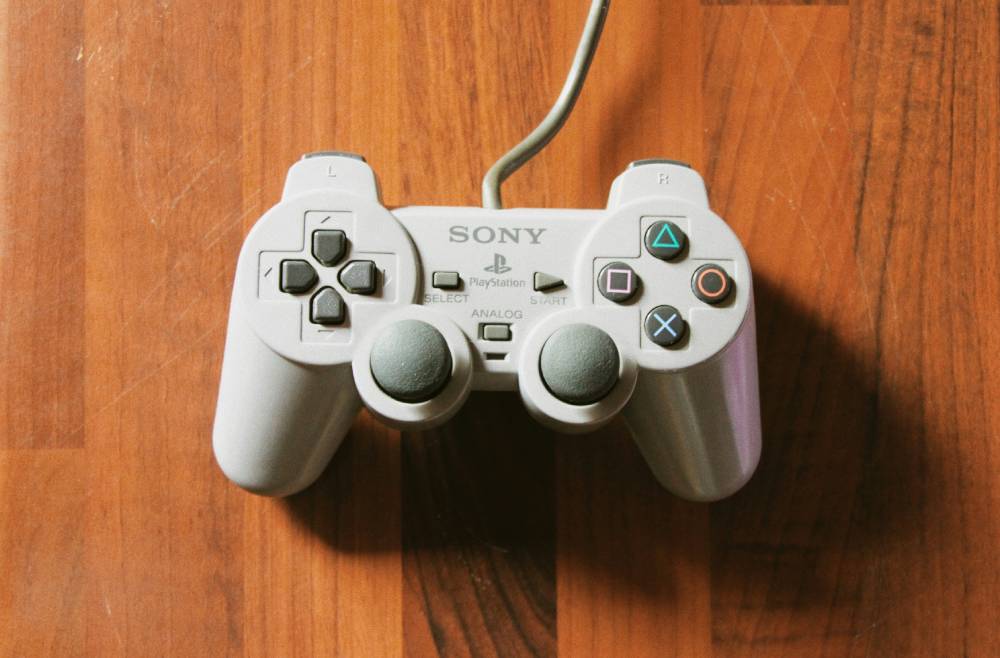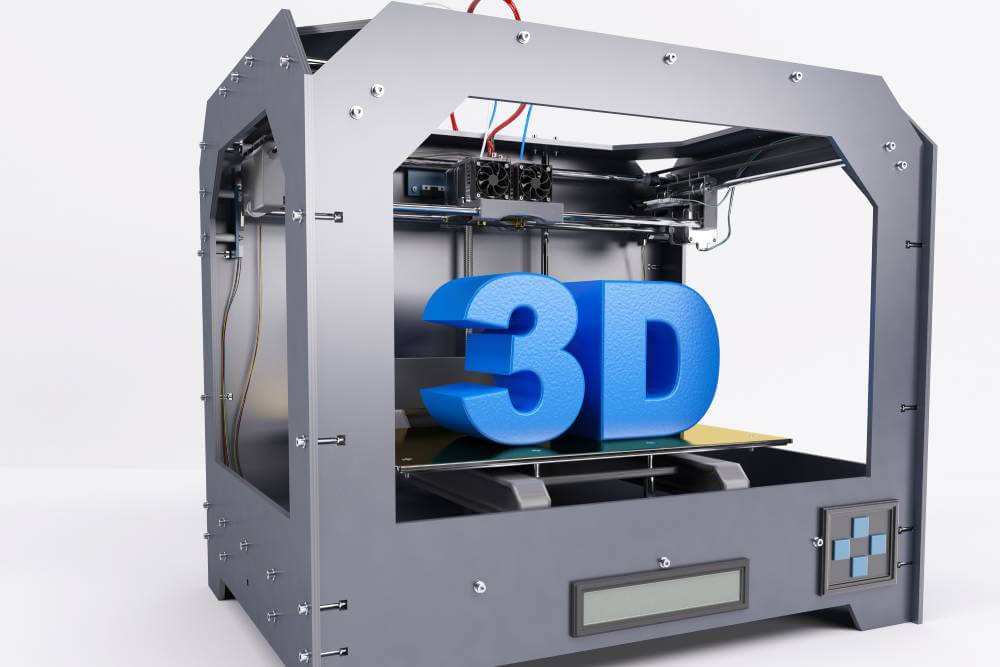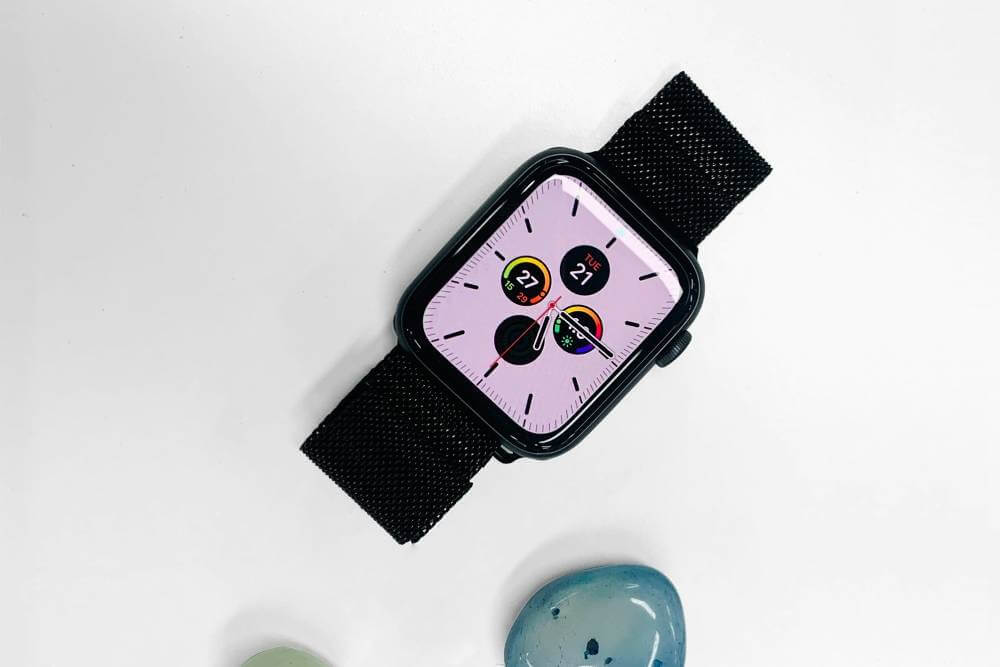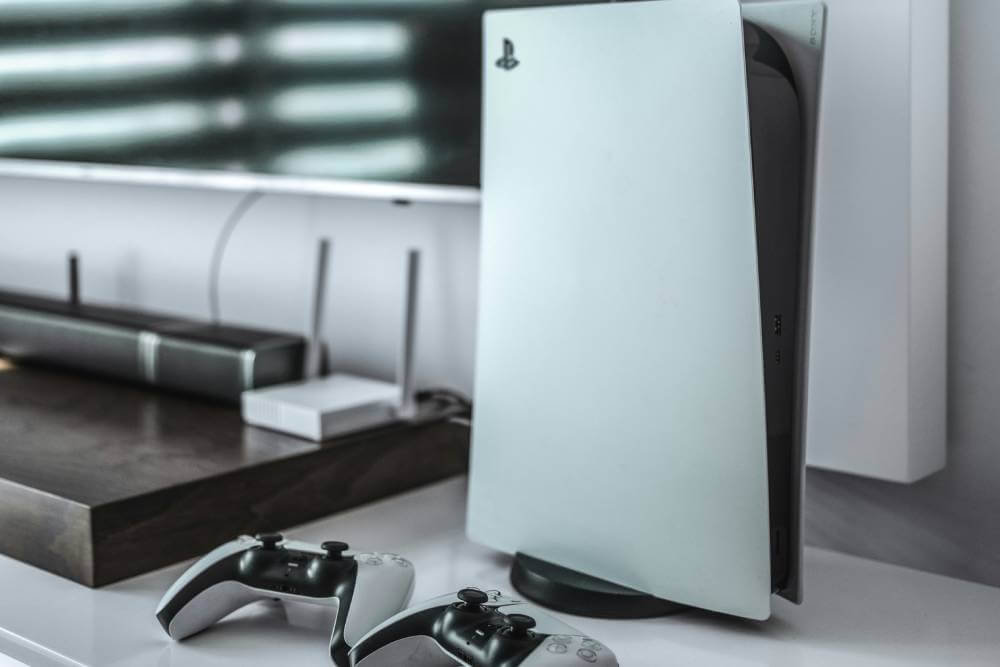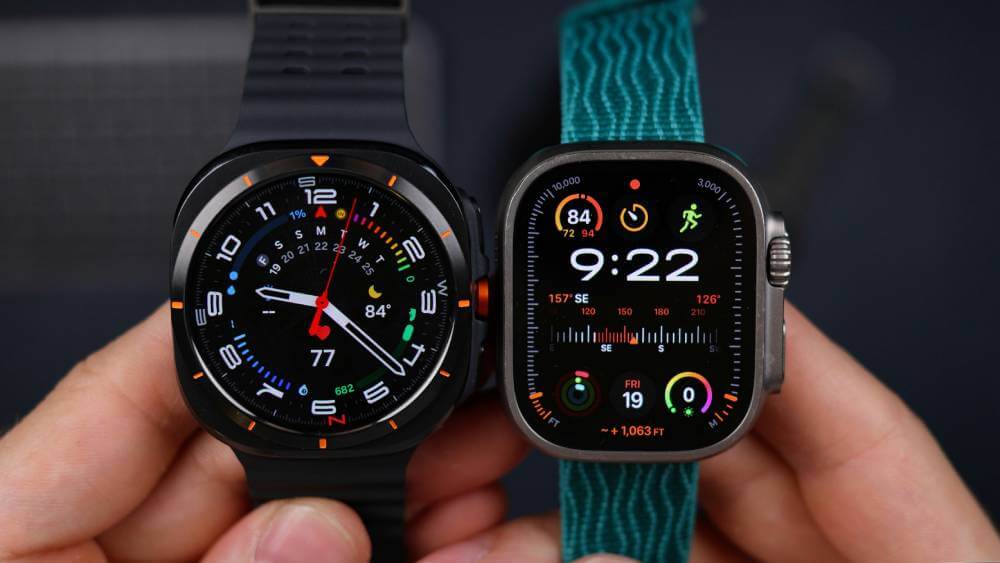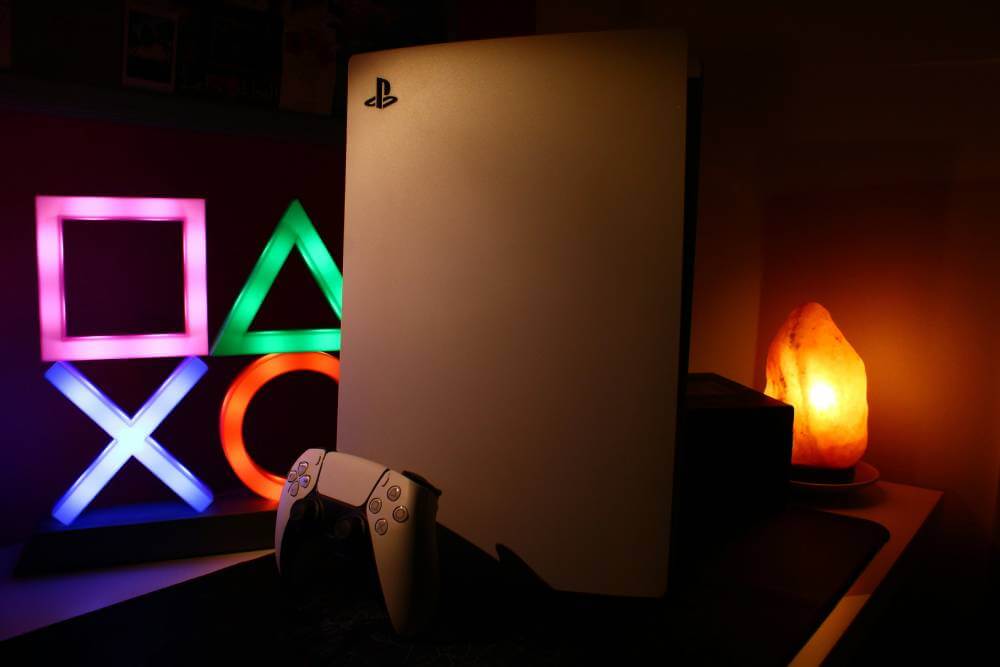The new iPad Air is great. If you buy one, you’ll like it. That’s the review in a nutshell.
But the real question is, should you buy this iPad? The iPad Air is all about trade-offs, more so than its predecessors. $599 is not the cheapest iPad, nor is it the most impressive. It supports some accessories but not all of them. It’s fast but not the fastest; it’s thin but not the thinnest; it’s powerful but not the most powerful.
In short, this is Apple’s Goldilocks approach—it focuses on the features that matter most to most people and ignores the rest.
iPad Air Review: A Good Choice? But Is It the Right One for You?
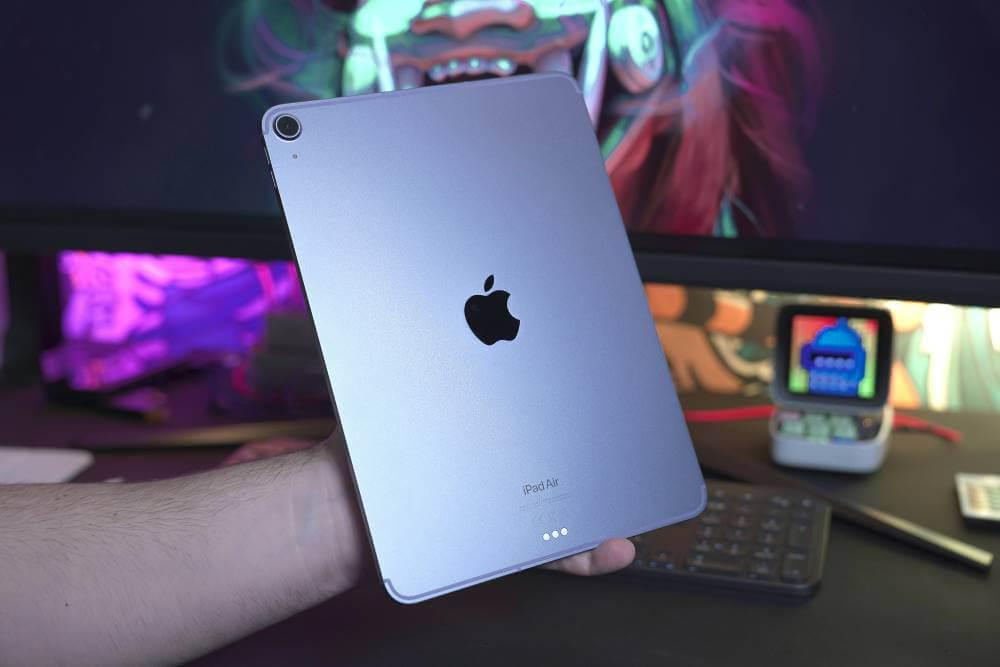
Price Comparison
The iPad Air is all about trade-offs, more so than its predecessors. Starting at $599, it’s not the cheapest iPad, nor is it the most impressive. For $250 less, you can get the base iPad, which does almost everything an iPad is supposed to do for most people. The 10th gen iPad is a couple of years old, but it’s still a great device, especially now that Apple has dropped the price from $449 to $349. For most people, the standard iPad, not the iPad Air, is the better choice.
Similar to Previous Models
The new iPad Air is basically last year’s iPad Pro in the body of the previous iPad Air. The two are almost identical, the only difference being the screen size. The new 13-inch iPad Air features a high-resolution Liquid Retina display, making it larger in every dimension and about a third of a pound heavier than the 11-inch Air, which is the same size and weight as the previous Air.
Performance
Both new Air models have the same M2 chip as the old Pro. This chip powers Apple Intelligence, significantly enhancing user experience with its speed and performance capabilities. In my testing, they performed almost the same. It’s a fast and reliable chip, but the new M4 chip in this year’s Pro is much faster in benchmark tests. The screen, battery life, and rear camera are the same—it’s just a spec bump on the same device.
Upgrades: Liquid Retina Display
In my testing, the only change from the previous Air is that Apple has moved the front-facing camera to the center of the landscape edge. This is a big improvement, as you won’t appear to be looking up and away from the screen during video calls. It’s a change that should have been made years ago. If you do buy an Air, I would recommend this model over the previous generation just for the camera placement.
Design and Display
The iPad Air boasts a stunning Liquid Retina display, available in 11-inch and 13-inch models. The display features True Tone, a P3 wide color, and an antireflective coating, making it perfect for watching videos, browsing the web, and showcasing your creativity. With a thin and light design, the iPad Air is easy to carry around, and its durable construction ensures it can withstand the demands of daily use. The device is available in a range of colors, including Space Gray, Blue, Purple, and Starlight, so you can choose the one that suits your style.
iPad Air vs iPad Pro: Feature and Usability Comparison
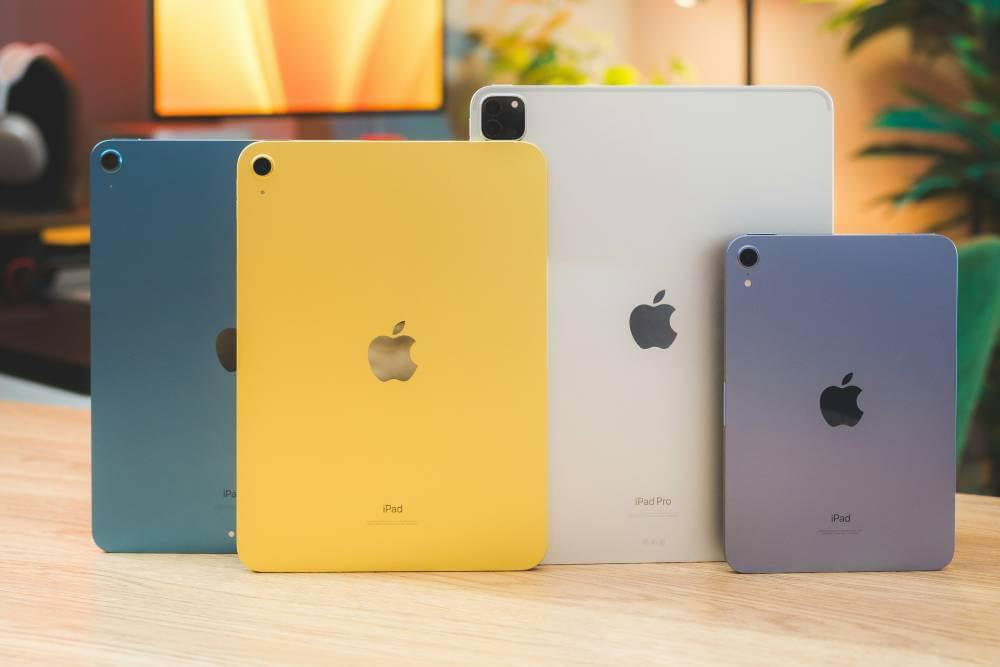
Compared to this year’s Pro, the iPad Air feels like a lesser option. However, it features Apple Pay as a key feature for secure authentication. The Pro has an OLED screen, an M4 chip, full Thunderbolt support on the USB-C port, extra speakers, and more storage options at every price tier. Additionally, the iPad Air’s capability to run multiple apps simultaneously makes it a strong contender. You pay a premium for these upgrades, but they are indeed big upgrades for power users and professionals who use their devices for heavy lifting.
Features I Missed
After switching to the Air, I only missed two Pro features in everyday use. The first is Face ID: The Air uses Touch ID in the home button to log you in, and it works fine, but Face ID on the Pro is seamless, so it feels like you never have to log in at all. This is especially noticeable when you’re multitasking or using the iPad for video calls, where you can quickly access the device without having to reach for the button.
Additionally, for those using the Apple Pencil, the apple pencil adapter is crucial for compatibility with certain iPad models, enhancing the device’s functionality for creative and productivity tasks.
The second feature is the row of function keys on the Magic Keyboard attachment. On the 13-inch Air, the Magic Keyboard is spacious and comfortable to type on, but I miss the quick access to playback controls, brightness adjustments, and more. These function keys are a big productivity booster, especially for users who switch between tasks often or use their iPad for creative work like video editing or music production.
The Tweener Position of the iPad Air
In practical use, the iPad Air is much closer to the base iPad than the Pro, which puts it in an awkward “tweener” position. The M2 chip powers Apple products, enhancing performance with its powerful CPU, GPU, and Neural Engine, making it ideal for creative expression and gaming while maintaining impressive battery efficiency. You get the M2 chip instead of the A14 Bionic, and as Apple continues to push into on-device AI features, having a lot of processing power may become more useful. The M2 is undoubtedly the more future-proof option, but the A14 Bionic is fully capable of handling typical iPad workloads, so it’s a solid choice for casual users.
This “tweener” position means the Air has some advanced features but may not satisfy users who need the absolute best performance or those looking for a more budget option. It’s a balancing act Apple is trying to pull off to appeal to a wide audience without alienating any particular group.
Similar to the Base iPad
The base iPad and the Air have the same cameras and camera placement, the same Touch ID, and the same battery life. The iPad is slightly larger than the Air, but we’re talking hundreds of inches and pounds. Neither has a headphone jack, which is still a frustrating omission for many users who prefer wired audio options.
The Air’s screen is better—it’s probably the biggest spec upgrade over the base iPad. The Air’s Liquid Retina display has better color accuracy and brightness, so it’s more suitable for creative tasks like photo editing or watching high-definition content. However, the base iPad is good enough for most users; just don’t look at them side by side. Ignorance is bliss; it’ll be fine.
Accessories: Apple Pencil
The Air gets points for supporting the Apple Pencil Pro, which the base iPad doesn’t. This opens up a world of possibilities for artists and note-takers who want to use the advanced features of the Pro Pencil, like pressure sensitivity and tilt recognition. Being able to use the pencil effectively can be a big boost to the iPad experience for creative professionals.
Additionally, the iPad Air is compatible with the Apple Pencil USB‑C, enhancing usability and performance with the latest iPad models.
On the other hand, the base iPad has a function row on its Magic Keyboard Folio, but it feels less robust than the larger one for the Air. It’s weird how Apple decides which keyboards get which features on which iPads – there seems to be no logic to it. This inconsistency can be annoying for users who want a consistent experience across devices.
Also, the iPad comes in much nicer colors, so if you care about aesthetics, the base iPad is the way to go. I love the white Magic Keyboard, which is exclusive to the Air, but the base iPad colors offer more personalization options.
Creativity and Productivity
The iPad Air is designed to unleash your creativity and productivity. With the Apple Pencil Pro, you can take notes, draw, and paint to the next level. The Apple Pencil Pro features pixel-perfect precision, low latency, tilt sensitivity, and palm rejection, making it an essential tool for artists, designers, and writers. The iPad Air also supports the Magic Keyboard, which delivers responsive typing and a built-in trackpad for precision tasks. Whether you’re working on a project, creating art, or simply browsing the web, the iPad Air has the power and versatility to help you get things done.
iPad Air vs. Base iPad: Which One to Choose?
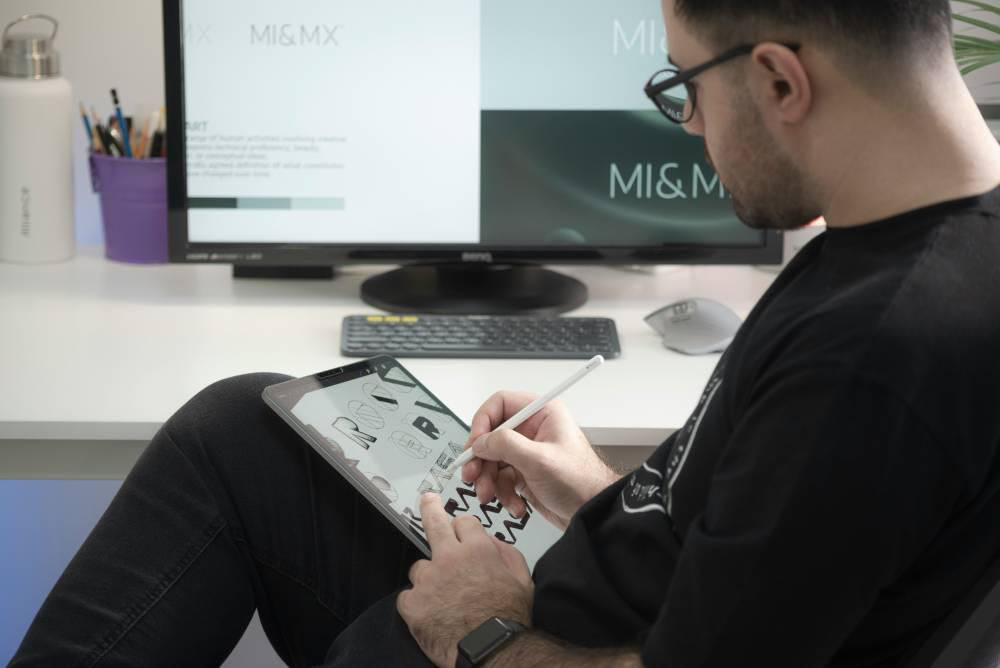
In the end, it all boils down to two questions:
Do you want a big screen?
Do you use your Apple Pencil heavily?
If you answer yes to both, then the iPad Air 5th, with its powerful M1 chip, impressive battery life, and sleek design, is the way to go. The 13-inch is the most affordable big-screen option in Apple’s lineup and is $500 cheaper than the comparable iPad Pro. The 11-inch is the cheapest way to get the Apple Pencil Pro, so if you’re an artist or notetaker, it’s a no-brainer: buy the Air.
The Base iPad
But if you don’t need a bigger screen or don’t use the Apple Pencil heavily, then the plain old iPad is the way to go. It’s already a great tablet, and with the price drop, it’s a steal. The base iPad is versatile enough to handle everyday tasks like browsing, streaming, and light productivity, so it’s good enough for most users.
Upgrade Options
If you’re upgrading, I recommend spending $150 to get the base iPad with cellular instead of $250 to get the Air. Having an iPad that’s always connected without the hassle of finding Wi-Fi can be a big deal for your tablet experience. Whether you’re on the go or at home, the convenience of cellular connectivity makes the device more usable.
Longevity and Value: Battery Life
My standard advice is to buy the best device you can and then keep it as long as possible. But I’m pretty sure even a two-year-old 10th-gen iPad can handle most tasks for a long time. The same goes for the air, of course!
The good news for consumers is that every iPad in Apple’s lineup is a great iPad, even the cheapest one. So, no matter which one you choose, you’ll be happy with your purchase.

